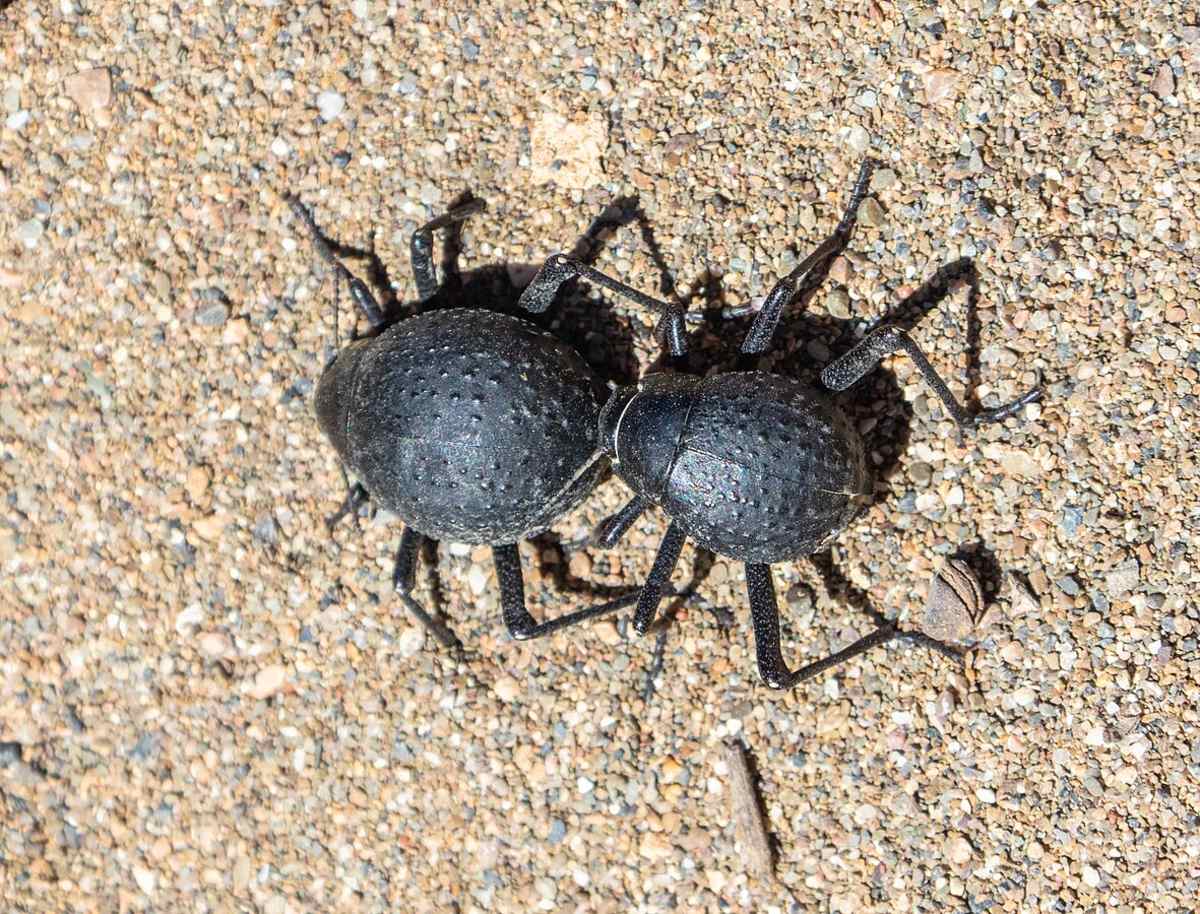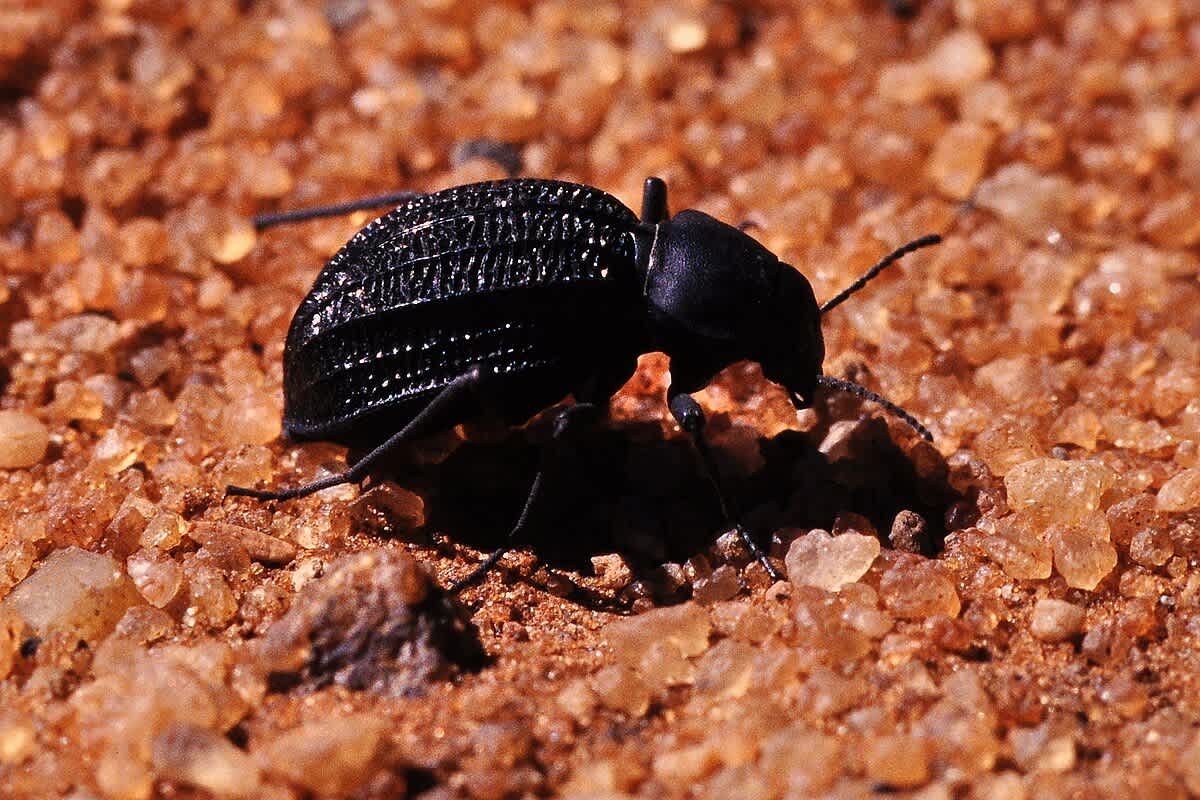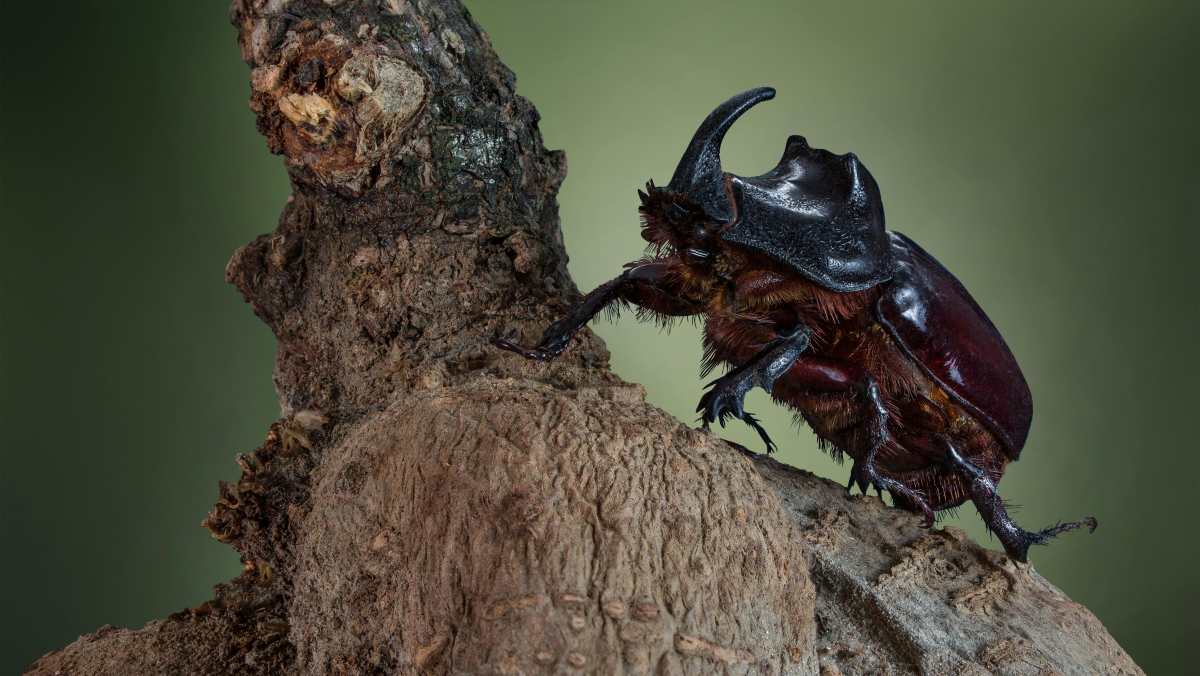Sprinting through scorching sand dunes is survival strategy that Namib Desert beetles follow, research suggests

If anyone wants to cool down, they will possibly follow typical suggestions, like taking a shower or resting in a cool place. However, for the Namib Desert beetle (Onymacris plana), the chosen method for the pursuit is quite distinct. Their distinct method was investigated through temperature sensors on various beetles, and the results were published in the Journal of Experimental Biology. The outcomes indicated that these beetles ran in their habitat to cool down their bodies. It is the first time such a method of temperature regulation has been observed in a non-flying animal.

Exercise To Cool It Off
These creatures mostly live in the dunes of the Namib Desert on the south-western coast of Africa, according to Discover Wildlife. Considering the conditions of their habitat, it is quite possible that they easily acquire their fatal body temperature in their daily lives. It implies that the ones who are surviving follow some kind of practice that keeps their temperature in check. To determine the practice, the researchers focused on their routine; they figured out that the beetles mostly spend their days traveling through multiple dunes, in pursuit of food and mates. These creatures took occasional breaks amidst their running, under patches of shade.

These beetles apparently sprint at a speed of one meter per second on sand having a temperature of 50ºC. During the process, they can lift their disc-shaped bodies 15mm above the ground, where the air is 10-15ºC cooler compared to sand. These insights suggest that the beetle must be heated up considerably during this sprinting, and when they rests, the heat trickles down. However, past research showed something opposite, that stated the body temperature of running and resting beetles was almost the same. It made experts speculate that exercises like running might be helping beetles to cool their bodies.
Examination Of Beetles
Researchers conducted their investigations on beetles four decades ago, according to Science News. The team did not publish the results, as they were waiting for further assessments by other experts. Ecologist Carole Roberts, formerly of the Gobabeb Namib Research Institute in Walvis Bay, Namibia, claimed that the cooling effect induced by running into the beetles is not marginal. "It takes them into a safety zone that guarantees their survival," she added.
To measure the body temperature of these beetles, the team attached a thermocouple to them. The equipment can convert the temperature differences into electrical voltages. The device was placed into the beetle's thorax and monitored using a fishing rod. In this way, researchers were able to monitor the creatures from a distance, without disrupting their routines. The same equipment was attached to dead beetles lying in the sun. After running, the body temperature of the running beetles dropped compared to that of dead beetles.

To find the maximum cooling beetles could achieve through running, researchers ran simulations in a lab. The simulated conditions included low ambient windspeed, high radiation, and moderate temperature. The team also incorporated fans to blow winds at a speed of one meter per second towards the beetles. It was done so that the experiment had the subjects "sprinting" at their typical speed. Here, the beetles cooled down by around 13ºC, which is the cooling potential of beetles under ideal conditions through running.

How Does The Cooling Happen?
The team believes convection could be the primary reason behind this cooling-down effect. Essentially, the beetles' body heat gets transported into the surrounding cool air. "There's this really unique strategy that's come to light," shared Meredith Johnson from North Dakota State University. "It kind of defies conventional understanding that exercise adds heat to the body." The beetles had certain features that supported this process. These features include them being efficient runners, leading to minimal metabolic heat release, having wide and flat bodies, which provided more surface area for heat transfer, and their ability to lift their bodies during sprints.
This project draws inspiration from the#NamibDesertBeetle to capture water from fog.
— DID YOU KNOW? (@D1D_YOU_KNOW) September 13, 2023
To survive in the arid wilderness of southwestern Africa, the Namib Desert beetle harvests water from thin air.
The blueberry-size, long-legged insect leans its bumpy body into the wind,… pic.twitter.com/OF6e1OvXRG
"It's a cool windy breeze just above the surface," explained study coauthor Duncan Mitchell, a physiologist at the University of the Witwatersrand in Johannesburg. "If animals that are on the surface can get themselves into that breeze, they can achieve a lot of cooling." Namib Desert beetles aren't the only non-flying beings to reduce body temperature through running. However, researchers are hopeful that the study encourages others to examine more beings from this specific approach.